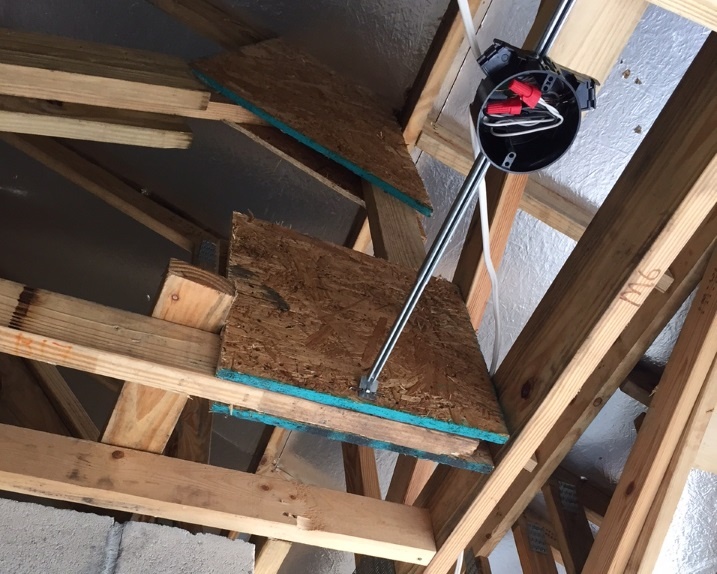Truss Repair and Modifications

A truss may need to be modified or repaired due to accidental damage, holes or notches made by trades, errors in design or manufacturing, or a change requested by the customer. Trusses are typically designed for a specific application. Therefore, truss repairs or modifications must be analyzed on a case by case basis. The truss repair or modification must result in a truss that is able to safely carry all intended loads. Depending on the extent of damage, some trusses cannot be repaired and must be replaced. Below find more information about truss repairs and modifications.
Top Resources
This technical webinar from Jim Vogt, PE explains the difference between a repair and a modification, the factors involved in designing a truss repair or modification, and some common situations and design examples.
This research report and the accompanying educational presentation cover the key concepts involved with a truss repair. Common reasons for repairs include: damage to the truss from storage and delivery, handling, installation, adverse environments, fire, and manufacturing mistakes. Whatever the situation, the truss repair must result in a truss that is able to carry all loads intended for the truss.
This article discusses design responsibilities and scope of work issues related to truss repairs
Best Practices
This two-page document provides guidance on how to properly report damage, modifications, or installation errors to the truss manufacturer or design Professional in order to get an approved truss repair detail. It also discusses some of the more common types of damage and modifications involving metal plate connected wood trusses.
The repair and modification of metal plate connected wood trusses can be a very complicated subject, because each situation must be analyzed individually. This step by step guide covers the key concepts involved with a truss repair.




